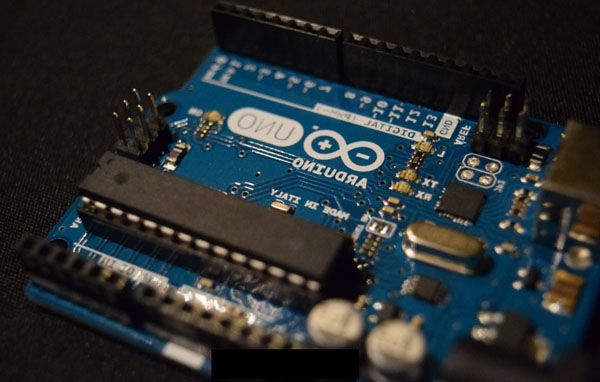Although Electronics Assembly is prevalent and needed in a plethora of electronics products. Here are going to explore and touch into Drones, both consumer and commercial.
Every new invention has upside, and downside, drones are no exception to that. The real potential of this technology can only be realized if new legislation is in place to protect privacy. But no matter what the technology is on the rise. In this article, we suppose that you want to build a custom drone to perform a specific task. If you are drones enthusiast then you have to know few essential terminologies, like ARF(almost ready to fly), BNF(bind and fly), DIY(do it your self), Hexacopter, Multirotor, Octocopter, Quadcopter, and the list goes on. In general, there are some necessary design components which include the frame, the platform, the propulsion, the flight controller/electronics, and the assembly. Each of these components will be explained here, but the primary focus will be on custom electronics and electronic assembly of drones.
The Frame
The frame is the primary structure of drone. Following are the types and their brief descriptions.
- Tricopter
It is three arms frame with a single motor. It has the lowest price among all the types. This design is asymmetric, so an additional servo motor is required to change the direction.
- Quadcopter
As the name suggests it is a four-arm frame structure, each arm is connected to one motor. It is the most popular design which includes four motors. All flight controllers can work with this multirotor design. As there is no redundancy, failure can cause damage due to crash.
- Hexacopter
Hexa, six arm frame design with each arm has its motor. The main advantage of this design is that there is more thrust available which means additional load can be carried. Additional structure and motor add weight so for greater flight time the bigger battery is required.
- Y6
A Y6 has a basic design like tricopter but with redundant additional motors and rotors. In case of failure, this design has a greater chance to land rather than crashing. Additional parts are used, and it is expensive to design.
- Octocopter
Simply an eight-arm design.
- X8
X8 is a variant of a quadcopter with redundant motors and rotors in comparison to the quadcopter.

The propulsion
The propulsion system includes a motor, a propeller, electronics speed controller, and connectors.
- Motors
There are two types of DC motors, brushless and brushed. Furthermore, there are two types of brushless motors, runner and outrunner.
- Propeller
Propellers are the blades used with the motors to provide necessary downward thrust. There is a lot of terminologies related to this section. Blades, diameters, pitch, the angle of attack, efficiency, thrust, rotation, material, folding, unfolding, mounting, propeller guards, and balancing is some of the nomenclatures.
Electronics Assembly
The electronic assembly is the portion where speed controllers, battery, and other electronic modules are assembled.

- Electronic Speed Controller
The speed and direction of motors are controlled by flight controller via electronic speed controller. ESC also handles the current and voltage required by the motor.
The chemistry of batteries used in UAV’s is mostly Lithium polymer. Some of the other options are lithium manganese. Nickel metal hydride and nickel cadmium are too heavy to be used in this application. The voltage of batteries used is 3,7v per cell in most of the cases. The capacity of the battery is measured in AH; a medium size drone requires 2000mAH- 3000mAH. It will give drones flight time of 10-20 minutes. The safety of battery is critical as most of the drones use LiPo and LiPo is not safe as it contains pressurized hydrogen. The mounting of the battery pack is almost always in the center to maintain the balance.
Custom electronics/Flight controllers
The next thing is the flight controllers. A flight controller in a UAV is an electronic circuit which includes the microprocessor, sensors, and multiple input and outputs. There are two main parts discussed hare, the hardware, and the software. There are ready-made boards available which only requires integration while you can also develop the custom electronics.
- Hardware
There are many options for microprocessor, 8051, AVR, PIC and ARM are some of them. The famous Arduino board is AVR(Atmel) based microprocessor. Microchip is the PIC microcontroller manufacturer. The next generation microcontrollers are based on an operating system of Linux and Android.
- Central Processing Unit
There are different types of CPU, and they are categorized as 8 bits, 16 bits, 32 bits, and 64 bits. It is important to note down here that higher is the bit value faster is the processor. Faster processors have the high-end multi-functional software. Processor/micro-controller works on a certain frequency which is called as clock rate. Flash Memory is the part of the memory where the programming is stored, and instructions are executed from here. EPROM is the storage for data which is not changed during he flight.
- Sensors
Accelerometers are the acceleration measuring sensors. The gyroscope measures the angular change during the flight. Compass is used to find the north, east, west and south direction. GPS is used to find the longitude and latitude of the drone.
Software The software part is where some of the received parameters from sensors are executed and displayed in real time for analysis. It sometimes also contains the graphical user interface.
The assembly
Wireless communication is another vital part which happens between remote controller and drone. Communication can be through amateur frequency bands, wifi or Bluetooth. In custom electronics made drones there are a lot of choices specific to the needs of an application. All of these above parts can be assembled to complete the drone.
Giltronics Associates’ Engineering team is at the fore front in providing Electronics Assembly Services. Contact Giltronics Associates today.
